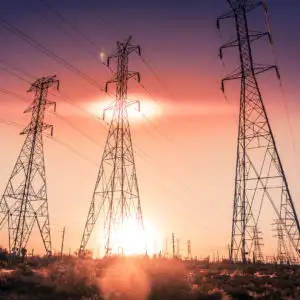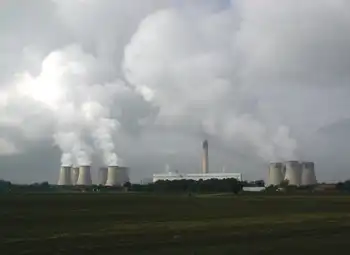Energy expert urges efficiency over adding capacity
By Knight Ridder Tribune
High Voltage Maintenance Training Online
Our customized live online or in‑person group training can be delivered to your staff at your location.

- Live Online
- 12 hours Instructor-led
- Group Training Available
Hunter Lovins, president and founder of National Capitalism Inc., a Colorado-based nonprofit organization, said if the nation continues on its present path and uses more coal and builds more nuclear plants to produce electricity, electricity prices will double.
"Is that what you want? Pursue efficiency first," she said. "We have an enormous capacity to reduce energy consumption." Lovins was one of four experts who spoke during what Mayor Phil Hardberger called "a history-making meeting" - an energy summit held by CPS Energy, the city-owned utility that supplies San Antonio's power.
Lovins argued that the key to lowering emissions is to mix aggressive energy efficiency with a much greater use of renewable fuels. In a talk replete with one-liners, Lovins repeatedly emphasized that going green is good for business. Lockheed Martin and Boeing improved worker absenteeism and productivity by enhancing natural light in the workplace - and saved money.
General Electric CEO Jeff Immelt has pledged to make more of his products energy-efficient because sales of such products are strong. And Wal-Mart is investing in becoming an energy-efficient company. And change shouldn't be left to big corporations.
Citing savings through energy efficiency at cities ranging from Sacramento, Calif., to Austin, the way to begin, she said, is locally.
"There is a rising tide at the local level, a feeling of we can do this." San Antonio faces critical questions as to h w to supply affordable, reliable energy at a reasonable price, and "how we answer this question will have a great bearing on the world we leave our children," Hardberger told an audience of about 300 at the Pearl Stable, part of the Pearl Brewery redevelopment project. "Doing business as usual is not acceptable," said Steven Specker, CEO of the Electric Power Research Institute, a nonprofit organization funded by electric utilities.
It's possible to slow or to reduce greenhouse-gas emissions from electric utilities, Specker said, but it will require "accelerated community deployment of advanced technology."
"It's technically possible to get back to where we were in 1990" in terms of greenhouse-gas emissions, he said. But it will take advanced technology not in use today, including the use of plug-in hybrid cars and cleaner gas-burning power plants, along with renewable sources of energy such as wind power and solar-generated power.
"And there is no question," Specker said, "that electricity will cost more." Nuclear power and the building of more nuclear power plants also will have to be part of the solution, he said. And coal - which is the source of 37 percent of Texas' electricity generation - will be part of the picture for a long time to come.
James Katzer, a visiting scholar from the Massachusetts Institute of Technology, agreed that coal-based electricity "is and will remain, by necessity, a key component of our electricity generation portfolio for the foreseeable future." San Antonio's CPS Energy is, in fact, about one year into the construction of a coal-fired power plant.











